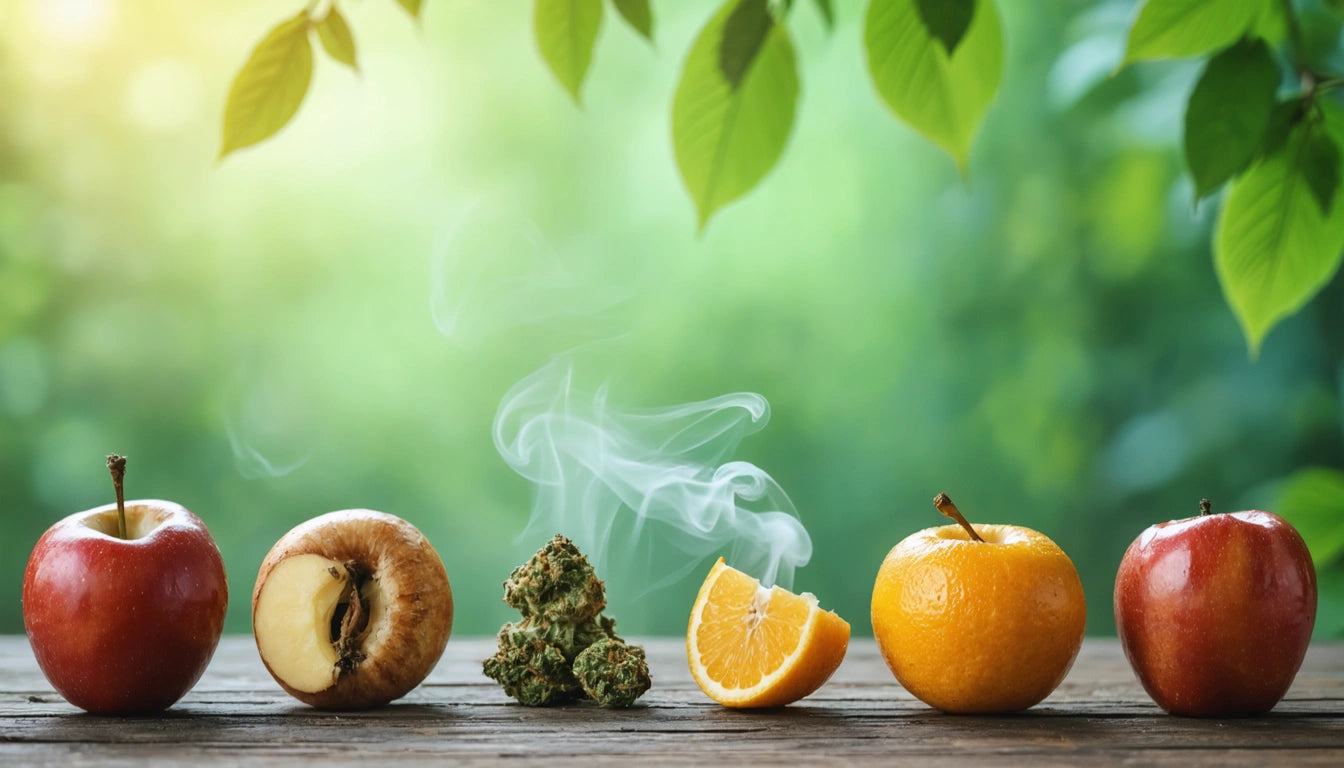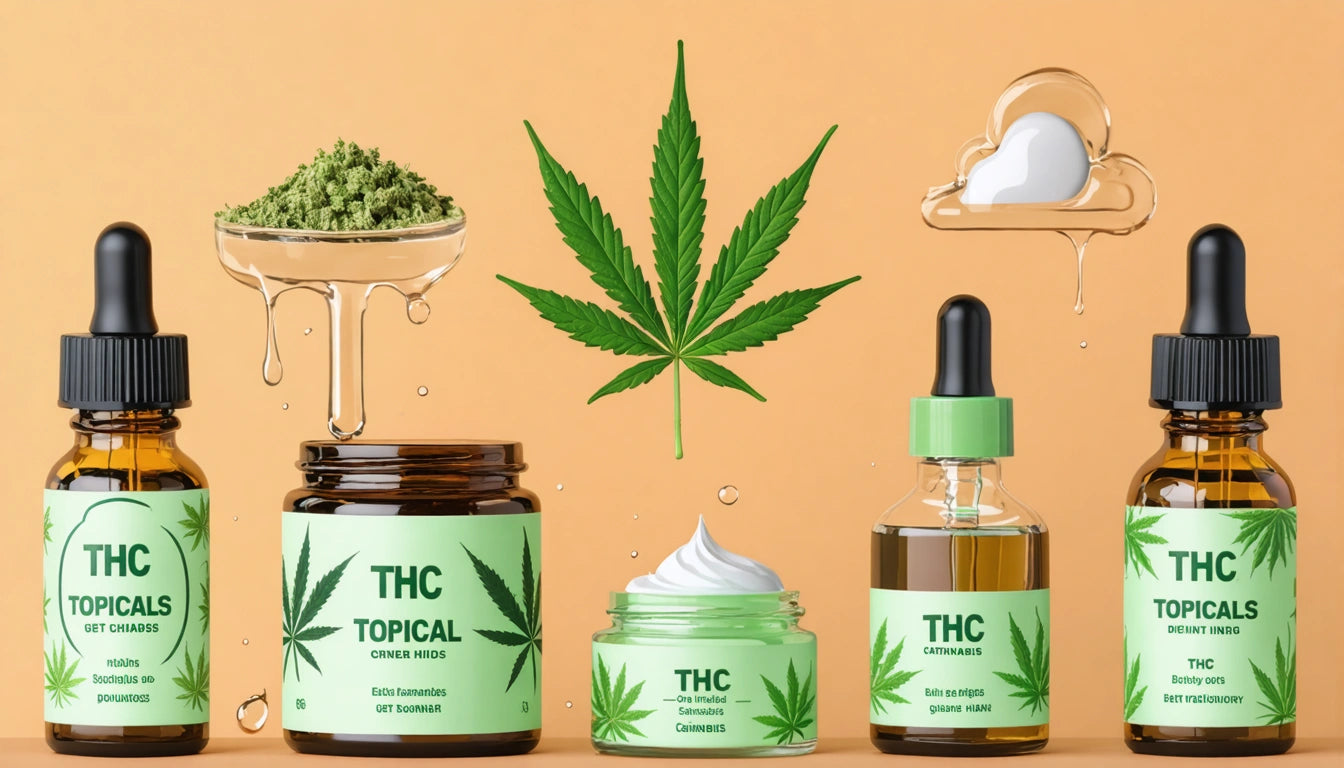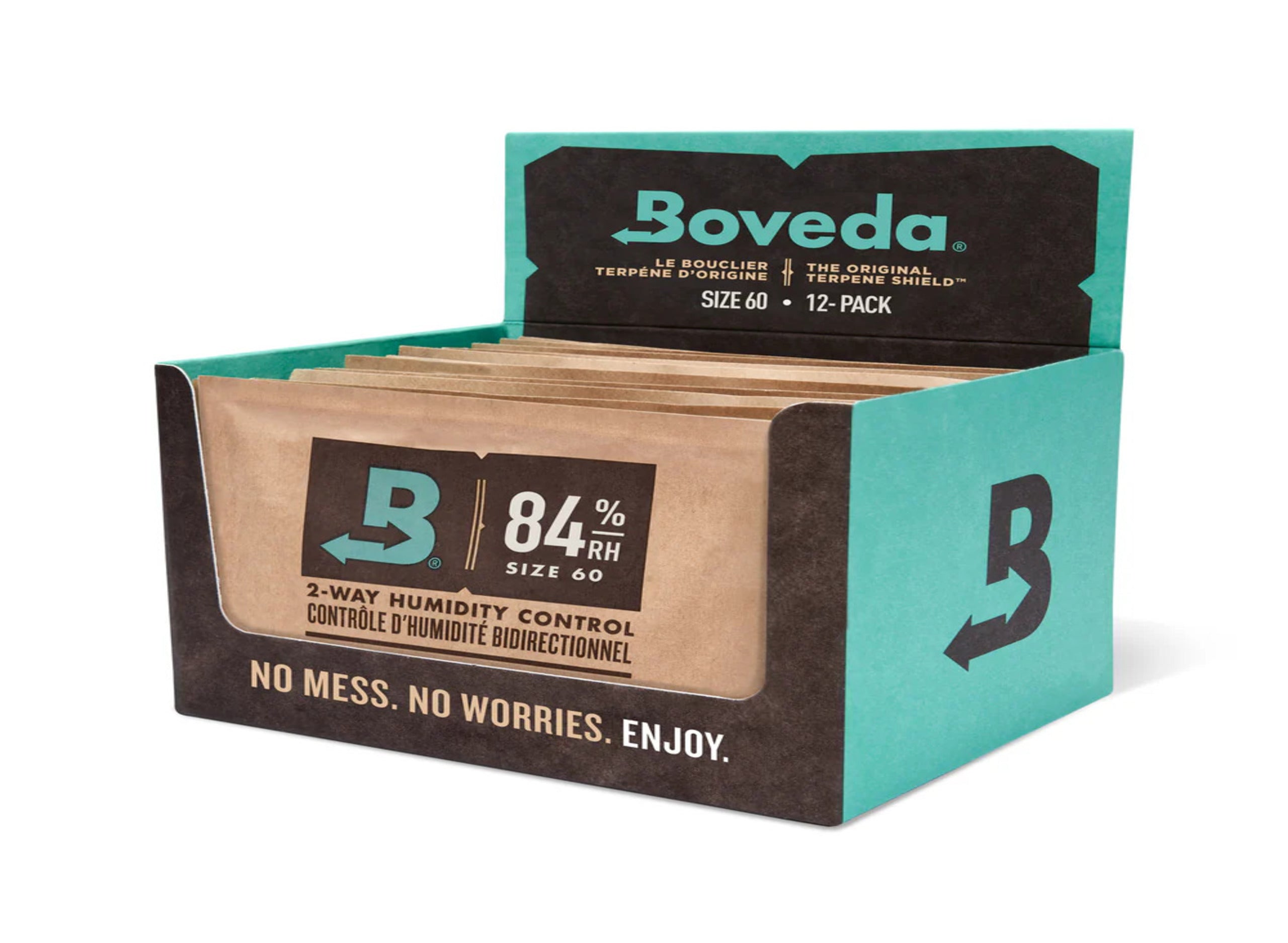Table of Contents
Cannabis edibles offer a smoke-free alternative with longer-lasting effects, but their delayed onset can catch many consumers by surprise. Understanding how long edibles take to kick in is essential for a positive experience, especially for those new to this consumption method.
Typical Onset Timeline for Cannabis Edibles
Most cannabis edibles take between 30 minutes and 2 hours to produce noticeable effects. This timeline varies significantly compared to smoking or vaping, which typically delivers effects within minutes. The digestive process is primarily responsible for this delay, as cannabinoids must be metabolized by the liver before entering the bloodstream.
The general timeline for edible effects includes:
- 30-45 minutes: Some sensitive users may begin feeling mild effects
- 45-90 minutes: Most users experience the onset of effects
- 2-3 hours: Peak effects typically occur during this window
- 4-8 hours: Effects gradually diminish
According to research on edible duration, effects can last significantly longer than inhaled cannabis, sometimes up to 8 hours or more, particularly with higher doses.
Factors Affecting How Quickly Edibles Take Effect
Metabolism and Body Chemistry
Individual metabolic rates significantly impact how quickly edibles are processed. Those with faster metabolisms may feel effects sooner, while those with slower metabolisms might experience delayed onset. Body weight, age, and overall health also influence processing speed.
Food in Your System
Consuming edibles on an empty stomach typically results in faster onset (30-45 minutes) but potentially more intense effects. Taking edibles after a meal, especially one high in fats, can delay onset by 1-2 hours but may enhance overall absorption of cannabinoids.
Product Formulation
The type of edible matters considerably. Products designed for sublingual absorption, like tinctures or dissolvable strips, can take effect in 15-30 minutes as they partially bypass digestive processing. Traditional edibles like brownies or gummies follow the standard timeline, while some newer fast-acting formulations use specialized technology to reduce onset time.
Why Edibles Hit Differently Than Smoking or Vaping
The fundamental difference between edibles and inhalation methods lies in how THC is processed. When cannabis is smoked or vaped, THC enters the bloodstream through the lungs, producing effects within minutes. With edibles, the digestive system converts delta-9-THC to 11-hydroxy-THC, a more potent compound that crosses the blood-brain barrier more effectively.
This metabolic difference explains why edibles often feel stronger than equivalent doses of smoked cannabis. The effects also tend to be more body-centered and longer-lasting, making proper dosing particularly important.
Smart Consumption Tips for Predictable Experiences
Start Low and Go Slow
For beginners, 2.5-5mg of THC is generally considered a safe starting point. Wait the full onset time before consuming more, even if you don't feel immediate effects. Many negative experiences result from impatience and taking additional doses too soon.
Check Product Potency
Always verify the potency of your edibles and ensure they're properly dosed. Legal market products undergo testing for consistent potency, while homemade edibles can vary significantly in strength. When exploring pre-rolls as an alternative consumption method, our premium custom cone options provide reliable dosing control for those who prefer inhalation with quicker onset times.
Consider Your Environment
Plan to consume edibles in a comfortable, familiar environment, especially when trying new products. Having supportive friends present and clearing your schedule for the expected duration can help ensure a positive experience.
Managing Unexpectedly Strong Effects
If you consume too much, remember that while uncomfortable, the effects will eventually subside. Managing overconsumption involves staying hydrated, finding a quiet space, and using calming techniques like deep breathing. CBD products may help moderate intense THC effects for some users.
Avoid mixing edibles with alcohol or other substances, as this can intensify effects unpredictably and potentially cause adverse reactions. Safety considerations should always be prioritized when using cannabis products.
The Future of Edible Technology and Onset Control
The cannabis industry continues to innovate with new technologies addressing the unpredictable nature of edible onset times. Nanoemulsion and water-soluble cannabinoids are emerging technologies that promise faster, more predictable onset times of 15-30 minutes rather than hours.
These advancements may help bridge the gap between the immediate effects of smoking and the longer-lasting benefits of traditional edibles, giving consumers more control over their experience. As research continues, we can expect more precisely formulated products with consistent, predictable effects.
Understanding the timeline and factors affecting how long edibles take to kick in allows consumers to make informed decisions about consumption methods, timing, and dosage. With proper knowledge and careful approach, edibles can provide a controlled, enjoyable cannabis experience without the risks associated with smoking.











Leave a comment
All comments are moderated before being published.
This site is protected by hCaptcha and the hCaptcha Privacy Policy and Terms of Service apply.